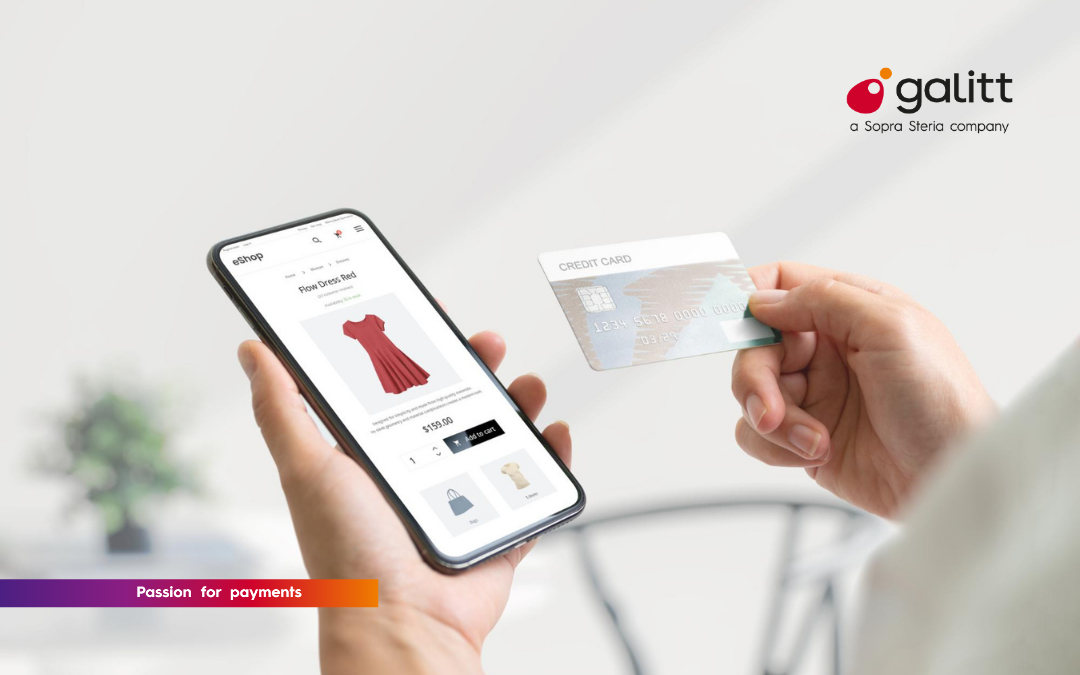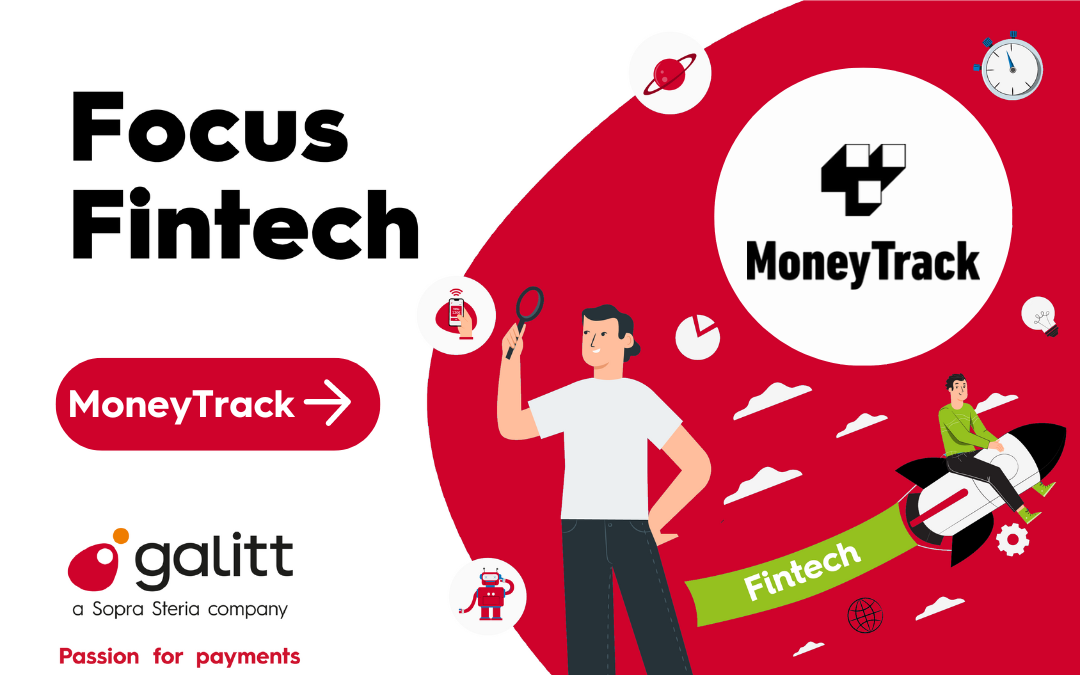[et_pb_section fb_built=”1″ _builder_version=”4.6.6″ _module_preset=”default” custom_padding=”||0px|||”][/et_pb_section][et_pb_section fb_built=”1″ _builder_version=”4.6.6″ _module_preset=”default” custom_padding=”0px|||||”][et_pb_row _builder_version=”4.6.6″ _module_preset=”default” custom_padding=”0px|||||”][et_pb_column type=”4_4″ _builder_version=”4.6.6″ _module_preset=”default”][et_pb_post_title meta=”off” _builder_version=”4.6.6″ _module_preset=”default”][/et_pb_post_title][et_pb_text _builder_version=”4.6.6″ _module_preset=”default” min_height=”75px” custom_margin=”50px||0px||false|false” custom_padding=”||24px|||”]
Although cryptocurrency has been around since 2009, when Bitcoin was launched, it is only in recent years that crypto assets have taken center stage and notably within the payments ecosystem. Cryptocurrency’s main attributes of being permissionless, secure, irreversible, pseudoanoymous and most importantly decentralized, first attracted those that were anti-establishment. Today, governments, banks, fintechs, financial service providers, Big Tech and Retailers are seeking to enter the space. Notably, blockchain technology, which are the rails that cryptocurrency is distributed and recorded on, has created a race to define and implement a variety of payment use cases. In fact, Payments is one of the top funded use cases by VCs in 2021 with over $10bn (coming in second after Distributed Ledger Technology at $12.8bn).
[/et_pb_text][et_pb_text _builder_version=”4.6.6″ _module_preset=”default” min_height=”66px” custom_margin=”50px||0px||false|false”]
Crypto adoption in Payment Services
[/et_pb_text][et_pb_text _builder_version=”4.6.6″ _module_preset=”default” min_height=”262px” custom_padding=”0px||10px||false|false”]
Crypto was first used to purchase a pizza in 2010 for 10K bitcoins (worth $214M as of July 2022). Since then, the adoption of crypto has burgeoned but mostly in the speculative investment arena. It is being accepted more and more as a payment method, but it is not yet widespread as the volatility remains problematic. For instance, Bitcoin has dropped nearly 35% in the past six months, with the price points mimicking a roller coaster ride.
Despite the volatility of cryptocurrencies and its rapidly evolving environment, Payment Services Giants and Fintechs are eyeing cryptocurrencies with more interest, and many are trying to get ahead of the game. Payment schemes Visa and Mastercard tackle the acceptance issue by enabling prepaid cards to be loaded with cryptocurrency and then converting them to fiat currency so the user can pay at any merchant accepting Visa or Mastercard.
Fintechs Klarna and Revolut have also joined the cryptocurrency trend. In 2021, Buy-now-Pay-Later player, Klarna forged a partnership with crypto-broker Safello enabling their customers to purchase cryptocurrencies using Klarna’s secure payment solution. Neobank Revolult allows customers to buy, sell, and send cryptocurrency within its platform, as well as convert it to fiat currency. In November 2021, Revolut also annnounced plans to build an in-house crypto exchange.
Some payment actors are taking a prudent approach. After ending support in 2018 for bitcoin payments, the PSP Stripe announced it was re-entering the crypto space to build out its “future of Web3 payments” in late 2021. Neobank Qonto had long been bearish in cryptocurrency and has since changed its position on crypto, allowing its customers to invest in cryptocurrencies. Qonto’s entry is cautious, as they take a very regulated approach and do not accept all activities or all transactions.
Some payment players have taken a strategic approach. Paypal users have been able to buy and sell cryptocurrencies since early 2021 and they launched crypto checkout-service to its 29 million merchants later that same year. Most interesting was Paypal’s announcement in January 2022 that they were developing their own Stablecoin. Square’s payment network “Cash App” rolled out its bitcoin broker and wallet features, allowing users to buy, sell, store and send bitcoin. Square’s biggest strategic commitment, however, was in late 2021 when it changed its corporate name to “Block,” signalling its expansion into the blockchain.
[/et_pb_text][/et_pb_column][/et_pb_row][et_pb_row _builder_version=”4.6.6″ _module_preset=”default” custom_padding=”0px||||false|false”][et_pb_column type=”4_4″ _builder_version=”4.6.6″ _module_preset=”default”][et_pb_text _builder_version=”4.6.6″ _module_preset=”default”]
Crypto is catalyzing a myriad of alternative digital currency initiatives
[/et_pb_text][et_pb_text _builder_version=”4.6.6″ _module_preset=”default”]
Since the launch of bitcoin, several cryptocurrencies have flooded the crypto space. On the one hand, governments are entering the space with Central Bank Digital Currency initiatives or CBDC (which is essentially a defensive response). As of July, 105 countries representing over 95% of global GDP are now exploring a CBDC in some form (either in exploration, development, in pilot or launched initiatives).
On the other hand, stablecoins are gaining great interest as they preserve some cryptocurrency features while taming volatility. To manage this volatility, Stablecoins are pegged to an asset, often the US dollar or to gold. Other ways to manage the volatility include backing with other cryptocurrencies (generally over collateralized to compensate for volatility) or non-collateralized stablecoins that use an algorithm to adjust supply and demand to keep the price stable.
Stablecoins aim to combine the stability of stable assets, such as a fiat currency, and the digitization benefits based on blockchain technology of cryptocurrency. Consequently, Stablecoins have seen an explosive growth with a Market Capitalization of the top 10 stablecoins of $152 bn as of June 2022 (compared to $108bn in June 2021 and 10bn in June 2020). To put it in perspective, the dollar amount of US assets held in retail prime money market funds is $219bn. The market cap of stablecoins pales that of cryptocurrency, which hit just over 1 trillion in July 2022, but it had hit 3 trillion in November 2021 attesting to just how volatile crypto is.
[/et_pb_text][/et_pb_column][/et_pb_row][et_pb_row _builder_version=”4.6.6″ _module_preset=”default”][et_pb_column type=”4_4″ _builder_version=”4.6.6″ _module_preset=”default”][et_pb_text _builder_version=”4.6.6″ _module_preset=”default”]
The future of branded stablecoins for payments
[/et_pb_text][et_pb_text _builder_version=”4.6.6″ _module_preset=”default”]
Until recently, cryptocurrencies and stablecoins have been developed by private companies, relatively unknown to the consumer. As Stablecoins rise in popularity, there is a growing number of brands looking to develop their own branded stablecoin underpinned by blockchain technology in order to reap benefits that go beyond what traditional currency can deliver. Retail and Big tech initiatives are popping up, trying to create branded private digital currencies that could prove to have the biggest impact in payments within this space. This area is still very immature, with some fails such as Facebook’s stablecoin Diem which after much struggle was abandoned earlier this year. However other initiatives such as Casino’s Lugh pegged to the Euro has successfully launched from a trading aspect and ambitions to roll it out to over 10K Casino Group stores would make it the first stablecoin to enter mass-retail markets as a payment method.
Besides paying for goods, Stablecoins have a potential to re-define the payment value chain. One important category is loyalty. Digital branded loyalty points are not new, but in the form of a stablecoin, the use cases that can be harnessed are numerous. It opens the possibility of cross-branding, allowing a consumer to use branded stablecoins with other merchants and thus increasing engagement and solidifying the customer relationship. Smart contracts based on blockchain technology can battle the sale of counterfeit goods, ensure faire trade, respond to recall situations more effectively, enhance the customer payment experience (e.g. Buy Now Pay Later), and better target offers and promotions. Europe is still in the infancy of private digital currencies for in-store or online payments, but a look into initiatives in Asia such as Tencent QQ coins (launched in 2005) or Rakuten Coins provide a glimpse of the potential of digital currencies and brand loyalty.
Would you like to know more about our study on Cryptocurrencies and Digital Currencies: Impact on payments? Contact us.
[/et_pb_text][/et_pb_column][/et_pb_row][et_pb_row _builder_version=”4.6.6″ _module_preset=”default”][et_pb_column type=”4_4″ _builder_version=”4.6.6″ _module_preset=”default”][et_pb_blog fullwidth=”off” posts_number=”3″ use_manual_excerpt=”off” excerpt_length=”0″ show_author=”off” show_categories=”off” show_excerpt=”off” show_pagination=”off” _builder_version=”4.6.6″ _module_preset=”default” custom_margin=”20px||||false|false” border_width_all=”0px” box_shadow_style=”preset1″ box_shadow_blur=”14px” box_shadow_spread=”-5px” box_shadow_color=”rgba(0,0,0,0.15)” locked=”off”][/et_pb_blog][/et_pb_column][/et_pb_row][/et_pb_section]




